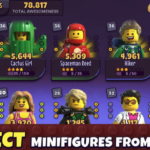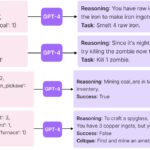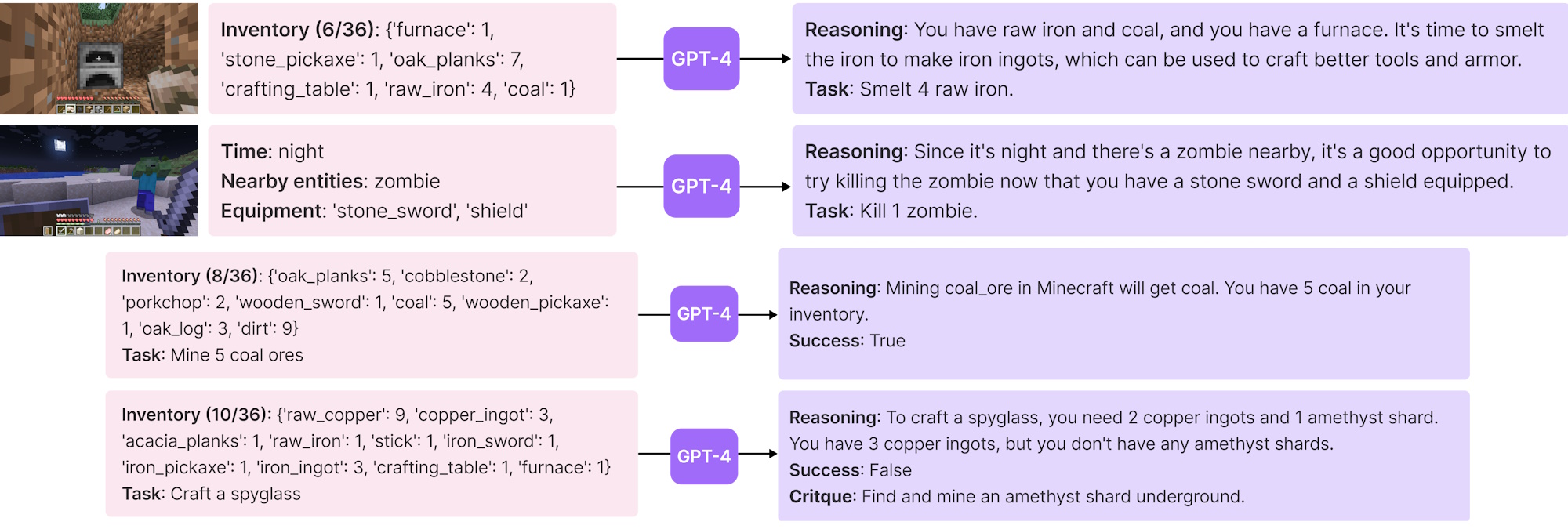Netflix announced Tuesday two new mobile games coming soon to the platform — the LEGO-themed strategy battle game LEGO Legacy: Heroes Unboxed and a puzzle adventure game called Paper Trail.
Additionally, the company revealed the release dates of Cut the Rope Daily, a new version of the popular game where players feed candy to a creature named Om Nom by cutting strands of rope, and The Queen’s Gambit: Chess — which was announced last year.
The Queen’s Gambit: Chess and Cut the Rope Daily will launch on July 25 and August 1, respectively. Both games will be available on mobile exclusively for Netflix subscribers.
LEGO Legacy: Heroes Unboxed, developed and published by Gameloft in 2020, is a significant addition to Netflix’s gaming library, given that LEGO is one of the largest toy companies in the world. The streamer has reportedly struggled to convince its enormous subscriber base to play its mobile games, which is likely why it continues to add well-known titles to its library.
In the nostalgic game, players can collect classic and modern LEGO minifigures, build sets, travel to different maps, complete quests and participate in turn-based battles. Minifigures include Chicken Suit Guy, Hot Dog Man, Pirate Princess Argenta, Santa and Ghostbusters, among others.
Netflix has yet to announce when LEGO Legacy: Heroes Unboxed will release on its streaming app. However, when the game launches, it will no longer be free for anyone to play since it will be exclusive to Netflix subscribers.
Earlier this year, Gameloft notified players that LEGO Legacy: Heroes Unboxed would no longer be able to download on mobile and PC on February 28 and was removed from Google Play, App Store, Microsoft Store, Samsung Galaxy Store and Amazon Appstore. The game officially shut down on these servers on April 28. Although it’s currently available on Facebook’s gaming platform on the web, it’ll be unplayable at the end of 2023.
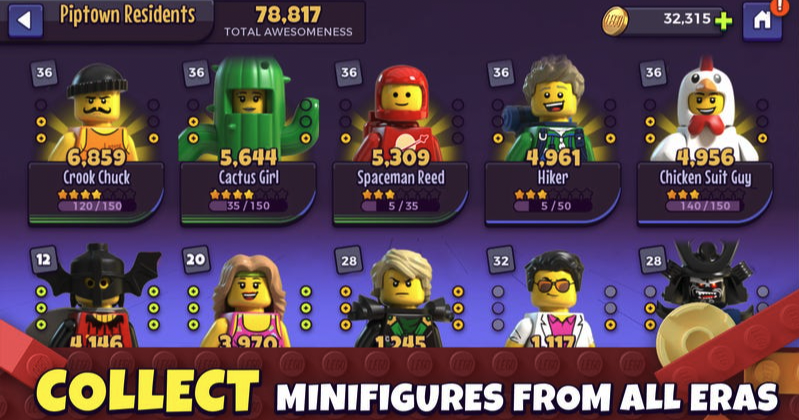
Image Credits: LEGO/Gameloft
Paper Trail is a new, yet-to-be-released game that takes place in a paper world, where players fold pages and merge paths to progress through the game. The main character, aptly named Paige, leaves her home for the first time and players must solve puzzles to help her on the journey.
Netflix hasn’t revealed a launch date, but it will be exclusively on mobile for its subscribers. The game is also set to launch sometime in August on Nintendo Switch, PlayStation, PC and Xbox.
Announced at Netflix’s 2022 Geeked Week event, The Queen’s Gambit: Chess game is tied to Netflix’s hit series, which stars Anya Taylor-Joy as Beth Harmon, a talented chess player who wants to become the greatest player in the world. Next month, Netflix subscribers will be able to play chess as Beth, solve puzzles and compete in matches against friends.
The game pays homage to the TV show as it features recognizable locations and characters like Beth’s house, the Methuen orphanage, the Las Vegas tournament, Mr. Shaibel, Borgov and more.
Cut the Rope was a hugely popular game when it first came out in 2010 and has been downloaded more than 1.6 billion times.
This summer, Netflix is launching a twist on the game, giving players access to one challenge per day instead of making all the puzzles available at once. Like the classic version, the challenges will involve cutting rope, collecting stars, popping balloons and more.
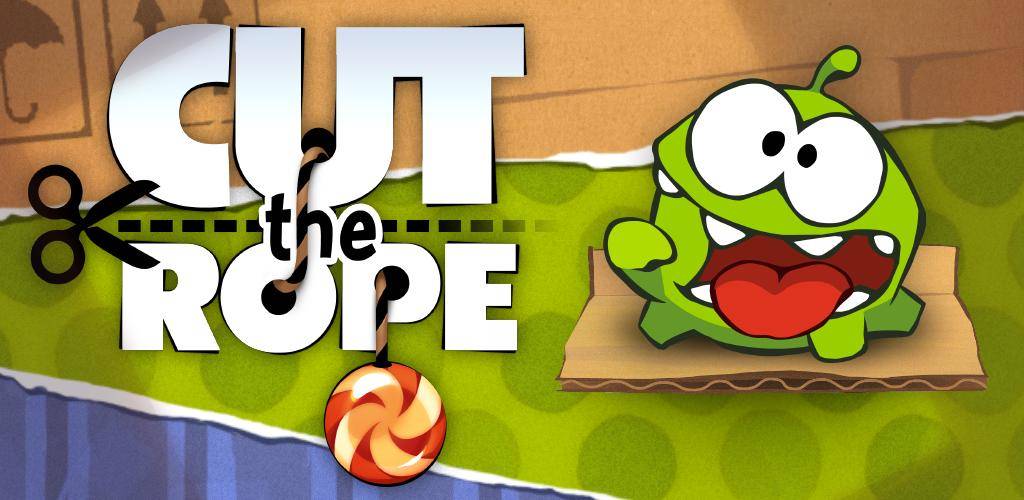
Image Credits: ZeptoLab
As previously announced, Netflix will also launch the adventure game Oxenfree II: Lost Signals on July 12. The game is set five years after the events of the first Oxenfree game — a supernatural thriller about a group of friends who accidentally disturb a mysterious, dimensional rift inside a haunted cave. Both games were developed by Night School Studio, which Netflix acquired in 2021.
The company noted in Tuesday’s announcement that Oxenfree II: Lost Signals is the first new title that is being released from one of Netflix’s internal studios.
The game will feature all new characters and an original story, according to Netflix. Oxenfree II: Lost Signals centers around an environmental researcher, Riley Poverly, who investigates unnaturally occurring radio frequency signals in her hometown.
Oxenfree II: Lost Signals will be available on mobile exclusively for Netflix members. It will also be released on Nintendo Switch, PlayStation 4, PlayStation 5, PC and Mac via Steam.
Netflix announces LEGO mobile game and a daily version of Cut the Rope by Lauren Forristal originally published on TechCrunch

Powered by WPeMatico



